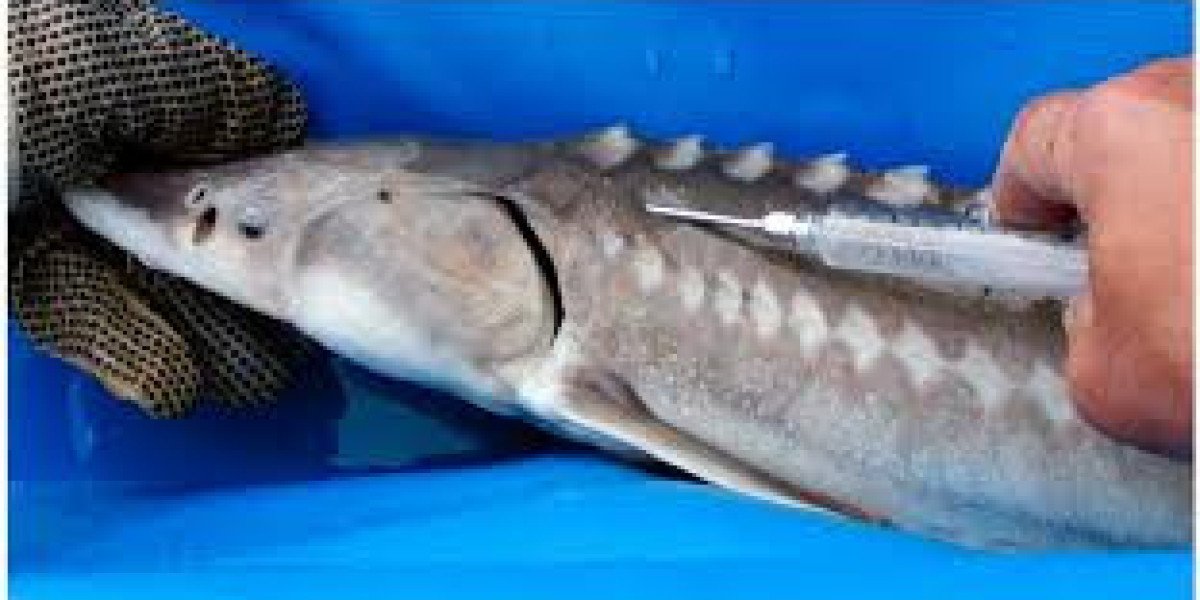Introduction
In the world of animal tracking and research, PIT tags (Passive Integrated Transponders) have become an indispensable tool. These tiny, electronic microchips provide a reliable way to monitor wildlife, manage fisheries, and even keep pets safe. But what exactly are tags, how do they work, and why are they so widely used?
This comprehensive guide explores everything you need to know about tags—from their technology and applications to their benefits and limitations. Whether you're a researcher, conservationist, or pet owner, understanding these tags can help you make informed decisions about tracking and identification.
What Are PIT Tags?
A PIT tag is a small, glass-encapsulated RFID (Radio Frequency Identification) device implanted into an animal for identification and tracking. Unlike GPS trackers, tags don’t have an internal power source. Instead, they are activated by an external scanner that emits a radio signal, prompting the tag to transmit a unique identification code.
Key Features of PIT Tags:
Size: Ranges from 8 mm to 23 mm in length
Weight: As light as 0.1 grams (ideal for small fish and wildlife)
Lifespan: Up to 20+ years (no battery required)
Frequency: Typically 134.2 kHz (low frequency for better penetration in water)
How Do PIT Tags Work?
These tags operate using electromagnetic induction. Here’s a step-by-step breakdown:
Implantation: The tag is injected under the skin or into the body cavity of an animal.
Activation: When a compatible scanner passes near the tag, it emits a low-frequency radio signal.
Response: The PIT tag’s antenna picks up the signal, powers the chip, and transmits its unique ID code.
Data Collection: The scanner records the ID, allowing researchers to track movement, growth, and survival rates.
Since PIT tags are passive (no battery), they last indefinitely, making them ideal for long-term studies.
Applications
1. Wildlife Research & Conservation
Scientists use tags to study migration patterns, population dynamics, and habitat use in:
Birds (e.g., tracking penguin foraging behavior)
Reptiles (monitoring sea turtles and snakes)
Mammals (studying bats and small rodents)
Example: A 2020 study published in Ecological Applications used tags to track salmon survival rates in the Columbia River, revealing critical data for conservation efforts.
2. Fisheries & Aquaculture Management
These tags are widely used in:
Stock assessment (tracking fish populations)
Hatchery monitoring (evaluating survival and growth rates)
Migration studies (analyzing salmon and trout movements)
Real Data: The Pacific States Marine Fisheries Commission reported over 2 million PIT-tagged fish in the Columbia Basin alone.
3. Pet & Livestock Identification
Many veterinarians and pet owners use tags for:
Pet recovery (microchipping dogs and cats)
Livestock tracking (managing cattle and sheep)
Commercial Use: Companies like HomeAgain and AKC Reunite provide pet microchipping services using PIT technology.
4. Laboratory & Biomedical Research
These tags help in:
Mouse & rat studies (monitoring lab animals without stress)
Zoo animal management (tracking endangered species)
Advantages
✅ Long Lifespan – No battery means no expiration.
✅ Small & Lightweight – Safe for even tiny animals.
✅ Highly Reliable – Low risk of failure.
✅ Non-Invasive Scanning – No need to recapture animals.
✅ Cost-Effective – Cheaper than GPS tags for large-scale studies.
Limitations & Challenges
⚠ Limited Range – Typically requires close proximity (a few inches to a few feet).
⚠ Scanner Dependency – Must pass near a reader to detect the tag.
⚠ Potential Migration – Tags can move under the skin over time.
PIT Tags vs. GPS Trackers vs. RFID
Feature | PIT Tags | GPS Trackers | Standard RFID |
Power Source | Passive (no battery) | Battery-powered | Passive/Active |
Range | Short (cm to m) | Global (satellite) | Short to Medium |
Cost | Low ($5–$20) | High ($100–$500) | Low to Moderate |
Best For | Small animals, fish | Large mammals, birds | Inventory, pets |
Where to Buy PIT Tags: Top Suppliers
If you're looking for high-quality tags, consider these reputable suppliers:
Biomark – Specializes in fish and wildlife tracking.
Destron Fearing – Leading provider of pet microchips.
Texas Instruments – Manufactures industrial-grade RFID tags.
Oregon RFID – Offers custom PIT tag solutions.
Cost Estimate: tags range from $5 to $20 per unit, with bulk discounts available.
Future of PIT Tag Technology
Emerging advancements include:
? Smaller, more durable tags for delicate species.
? Integrated sensors (temperature, pressure) for environmental studies.
? Automated scanning systems in rivers and wildlife corridors.
Conclusion
These tags have revolutionized animal tracking, offering a reliable, cost-effective, and long-lasting solution for researchers, fisheries, and pet owners. While they have limitations, their benefits make them a preferred choice for many applications.
Whether you're studying endangered species, managing fish populations, or ensuring your pet’s safety, tags provide a proven and efficient tracking method.
Interested in tags for your project? Check out leading suppliers like Biomark and Oregon RFID for the best options!








